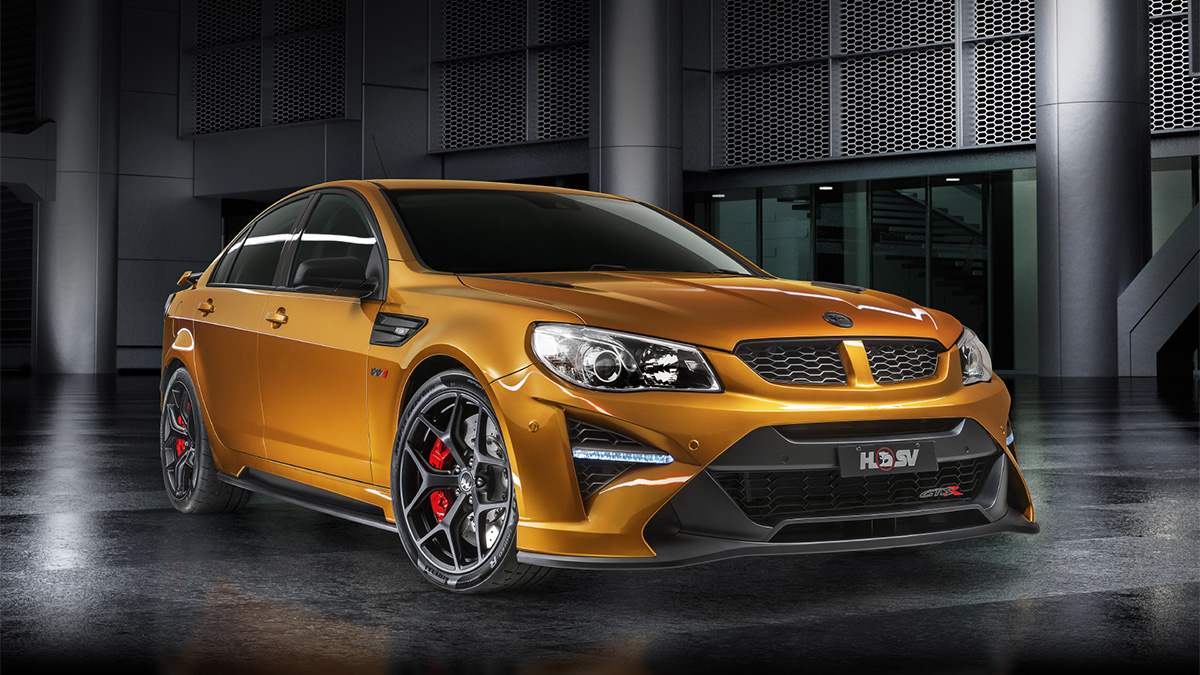
Australia Day is a time for both celebration and reflection. In an automotive sense, the Australian industry is all-but-gone, with Holden shuttered and Ford focused on building cars in other countries.
But for over a century we built great cars in this country, and it wasn’t just Holden, Ford and Chrysler. There were dozens of brands that manufactured down under including the likes of Toyota, Mitsubishi, British Leyland, Nissan and boutique companies like Bolwell and Elfin.
Picking just five cars from the seemingly endless list of locally-built models is nearly impossible, but with Australia Day upon us we made the tough calls and picked our favourites.
HSV GTSR W1
They say you should save the best until last, and it seems like the local industry did just that. For starters, Holden’s VF Commodore was truly a world-class sedan but then Holden Special Vehicles (HSV) pulled out all the stops and poured everything the company had learnt into this final model.
Under the bonnet HSV sourced Chevrolet’s ‘LS9’ engine, a 6.2-litre supercharged V8 borrowed from the Corvette ZR1 and making 474kW of power and 815Nm of torque – which made it the most powerful Australian-made car.
But HSV didn’t stop there. The engineers threw away its usual Magnetic Ride Control suspension in favour of Supercar-style dampers from racing supplier Supashock. It also ditched its traditional Bridgestone and Continental tyres in favour of sticker Pirelli P Zero Trofeo R semi-slicks.
It didn’t disappoint either, performing with the kind of power and precision that you expect from a company that spent 30 years tuning Holdens.
Ford Falcon GT-HO Phase III
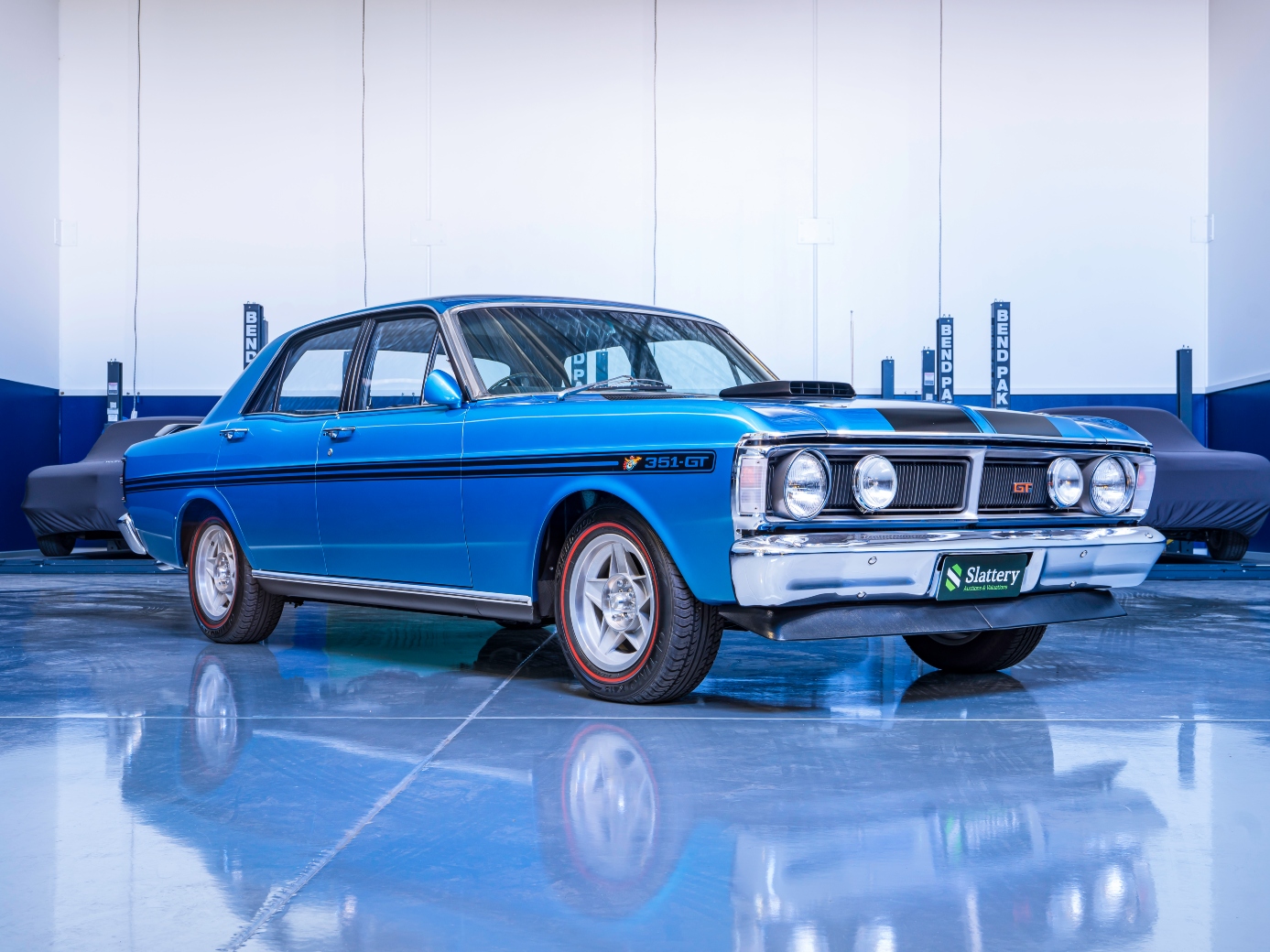
Obviously this was going to make the list, it was the GTSR W1 of the 1970s. In fact, it was so good the Phase III was the quickest four-door car in the world for more than a decade.
This was the golden age of Australian muscle cars, when the ‘Series Production’ rules governed the annual Great Race at Bathurst and allowed for Ford, Holden and Chrysler to build ever-faster production cars to try and win the race.
The Phase III was powered by a 5.7-litre V8 it made 224kW and 515Nm, for comparison, the V12 engine in the Ferrari 365 Daytona of the same era made 258kW/431Nm – so the ‘HO was seriously powerful.
The ‘HO’ stood for Handling Option and the upgraded suspension and brakes helped make it a winner on and off the racetrack.
Allan Moffat ensured the Phase III would have immortality when he won the 1971 Bathurst 500 on the car’s debut and then went on to win the 1973 Australian Touring Car Championship with it.
Holden Torana A9X
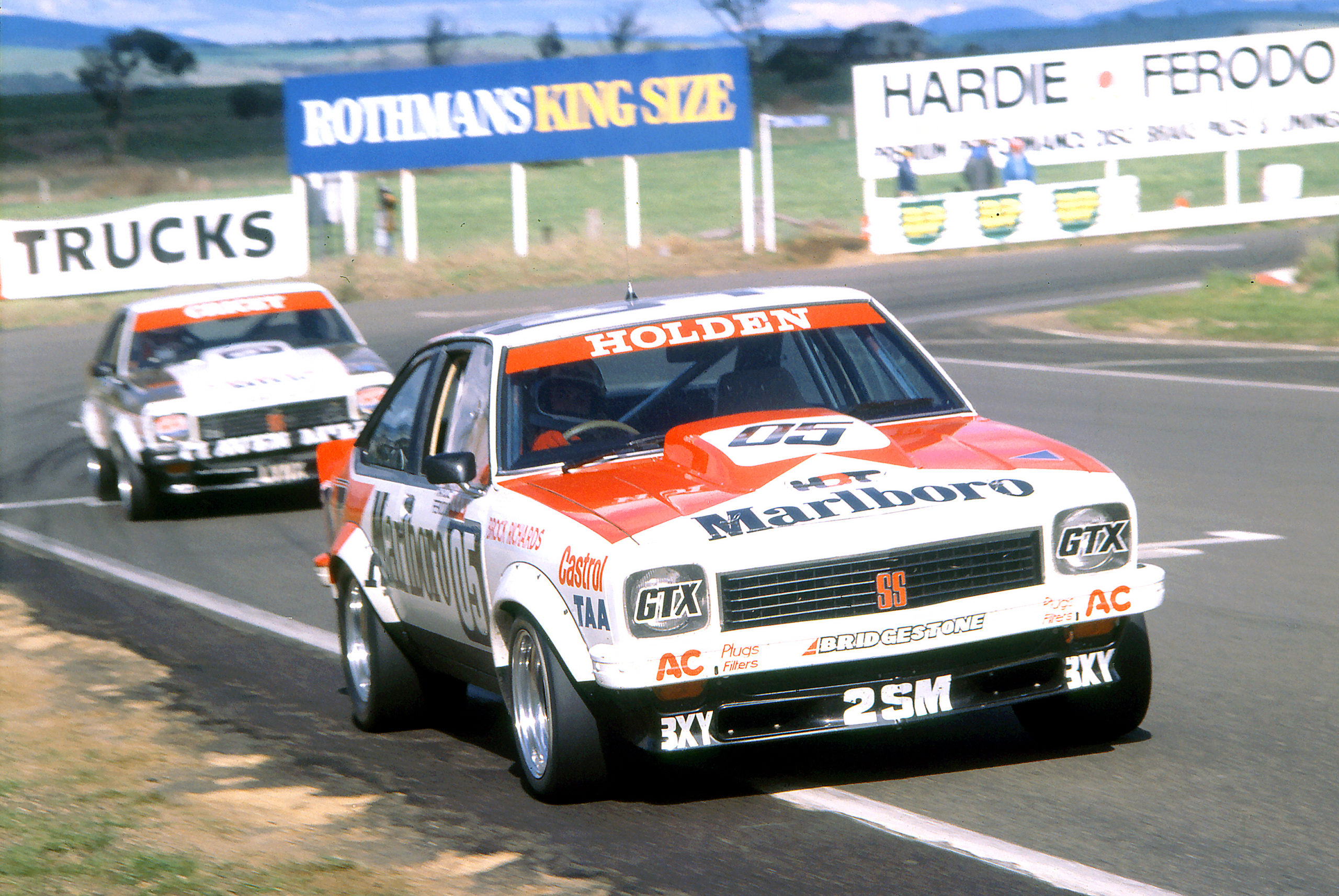
There are many legendary Toranas – from the six-cylinder GTR XU-1 to the V8-powered SL/R S5000 – but two letters and one number perhaps encapsulate it best – A9X.
While it’s often seen as a unique model within the LX Torana range, it was actually a ‘Performance Equipment Package’ introduced in 1977 to help improve Holden’s chances at Bathurst in ‘78.
The A9X road cars were powered by a 5.0-litre V8, which was slightly less potent than the racing version Peter Brock and co. used, but still made 161kW, which was nothing to be sniffed at in ‘77.
The A9X upgrades included the wild-looking bodykit, which meant huge flared wheel arches, a deep front splitter and large rear spoiler and the unmissable bonnet bulge.
Brock and Jim Richards used the A9X to devastating effect on the track, winning the 1979 Bathurst 1000 by a whopping six-laps.
Ford Falcon XR6 Turbo
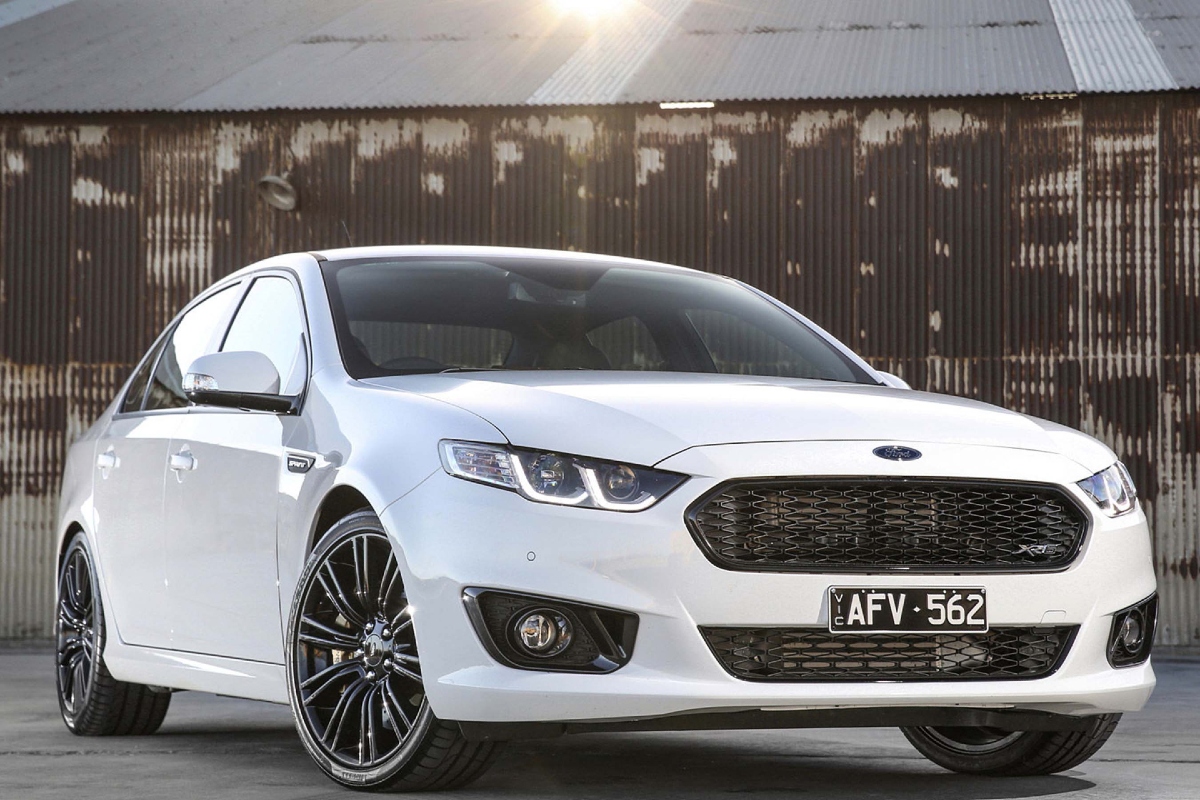
Australian muscle car history is littered with V8s, and rightly so because we made some great ones, but in what turned out to be the final years of the Falcon an unlikely six emerged as an unforgettable model.
Introduced with the BA Falcon in 2002, the XR6 Turbo was a revelation. It made V8-like performance – 240kW – but was lighter and packed with that trademark turbocharged boost of performance. The XR6 Turbo was arguably a better car, certainly more enjoyable and probably faster on a twisty road than the V8-powered XR8.
Ford Performance Vehicles took it to the next level with the F6 Typhoon that bumped power to 270kW and eventually 310kW.
While certainly not as iconic as a ‘70s Falcon Coupe or as influential as the original XR Falcon GT, the XR6 Turbo was a fantastic demonstration of the Australian automotive industry’s knowledge and ability to evolve – which is why it’s earned its place on our list.
Chrysler Valiant Charger
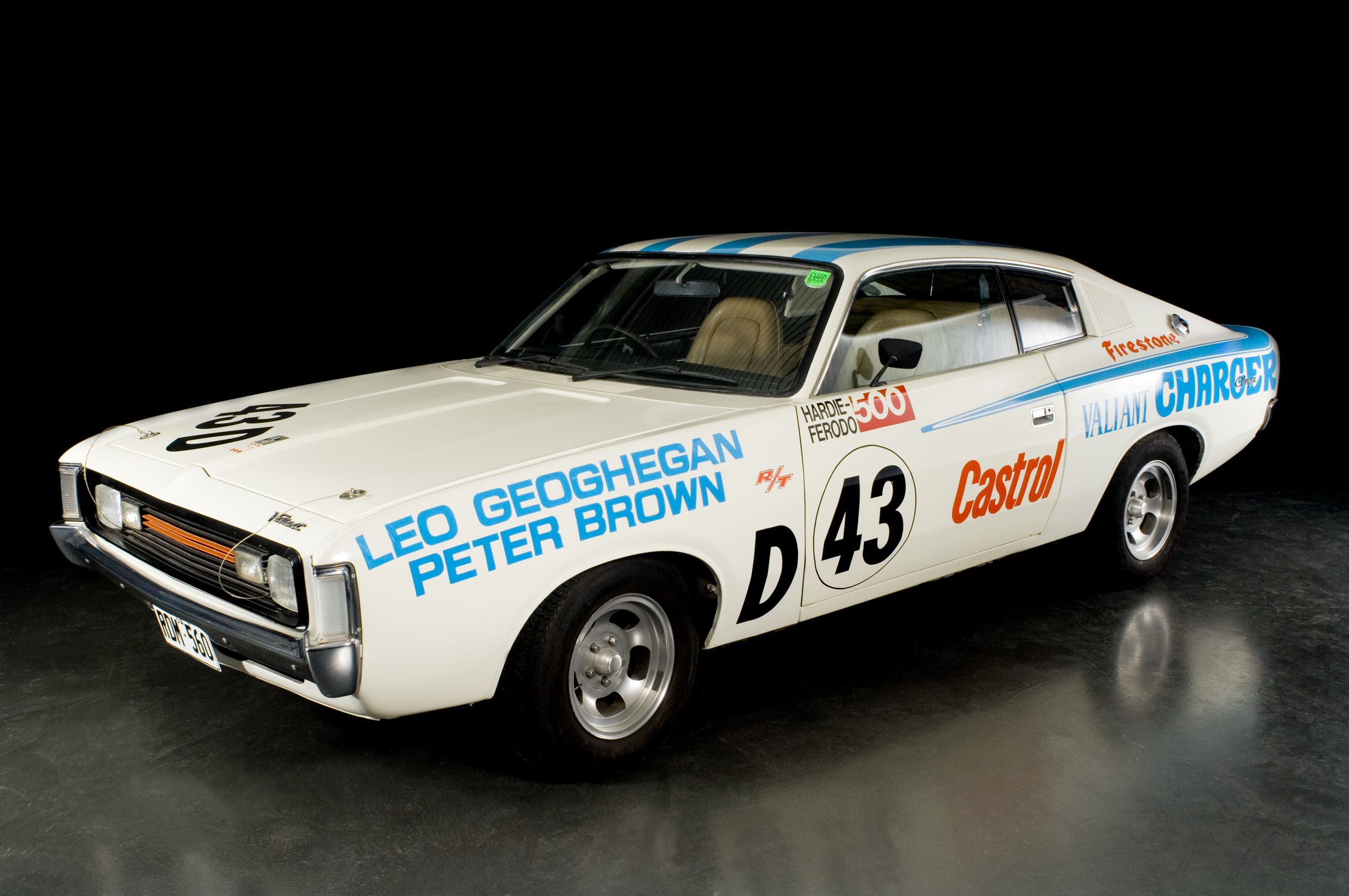
It’s the car that spawned a catchphrase – ‘Hey Charger’ – and turned the Australian ‘Big Two’ into the ‘Big Three’ – as it took on Holden and Ford on both the track and in the showroom.
The VH Charger was introduced in 1971 as a stylish two-door or four-door sedan. Naturally the coupe was the hero model and it was the car that Chrysler Australia attempted to claim the ultimate prize in Australian motoring – the Bathurst 500.
Despite the best efforts of Leo Geoghegan and Doug Chivas, the Charger wasn’t a match for the Falcons and Toranas, but it didn’t matter to people on the street. The combination of its good looks, triple-carb six-cylinder engine and ‘Hey Charger’ advertisement made it an Australian icon.
It’s no coincidence that the slow demise of Chrysler in Australia coincided with the decline of the Charger.
Honourable mentions
There are so many great Australian cars, too many to mention, but we couldn’t write a list like this without giving a small acknowledgement to some of those that narrowly missed the cut.
The 1967 Ford XR Falcon GT arguably created the Australian performance car as we knew it, with a 4.7-litre V8 installed to help the blue oval win Bathurst.
The Holden HK Monaro GTS 327 was the first real hero model for the Australian brand, and a direct return-of-serve after the launch of the Falcon GT.
Peter Brock made the Holden LJ Torana GTR XU-1 famous with his first Bathurst win, but the car deserves its recognition too, for proving handling could beat outright grunt.
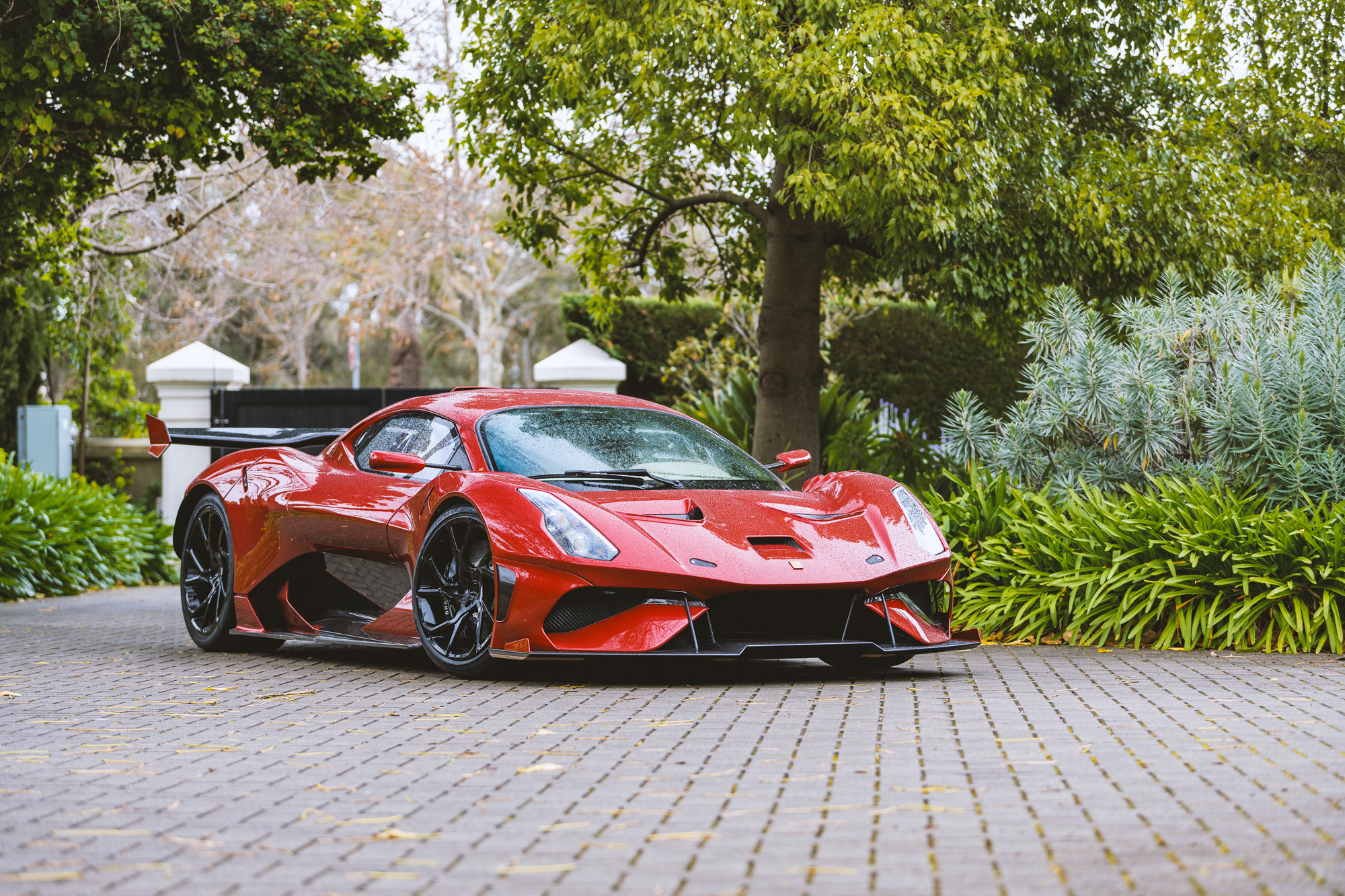
Brock’s own HDT division made some memorable machines, none more so than the 1985 HDT VK SS Group A – aka the Blue Meanie.
More recently the 2008 HSV W427 was a boundary-pushing creation, with a 7.0-litre V8 sourced from the Le Mans-winning Corvette.
Away from Holden and Ford, Toyota’s TRD Aurion was prone to torquesteer but its supercharged V6 packed a punch which made it appealing.
The low-volume Bolwell Nagari also deserves a mention, proof that Australia could produce a true sports car, even if it only lasted a few years and just over 100 vehicles.
Elfin made racing and sports cars for decades, most famously its Lotus &-inspired Clubman in the ‘60s and ‘70s. It enjoyed a brief renaissance in the early 2000s when Holden’s chief designer, Mike Simocoe redesigned the Clubman to create the striking Elfin MS8 Streamliner, which was powered by a Holden 5.7-litre V8.
These days the Brabham BT62R is the only Australian-made car from scratch, demonstrating that low-volume, high-quality projects may be the future of the local industry.













Discussion about this post